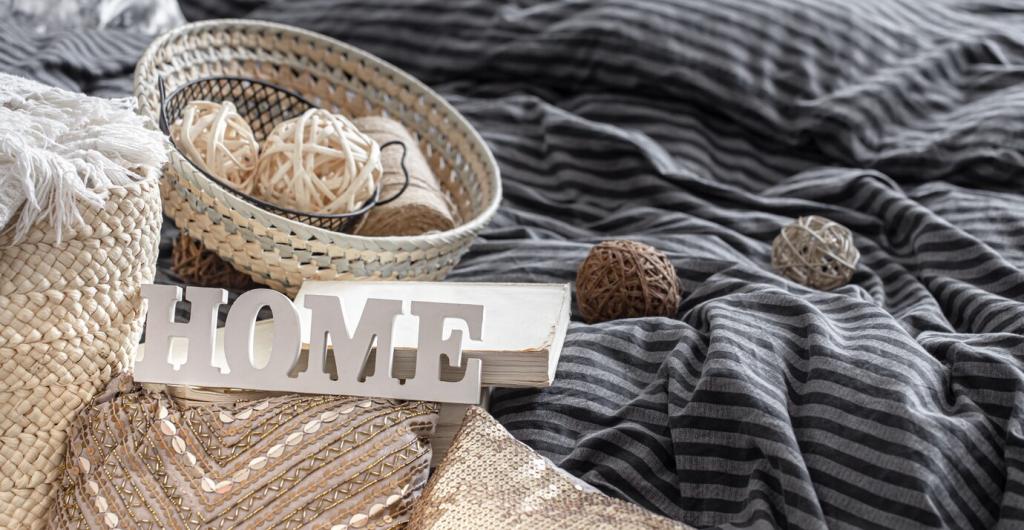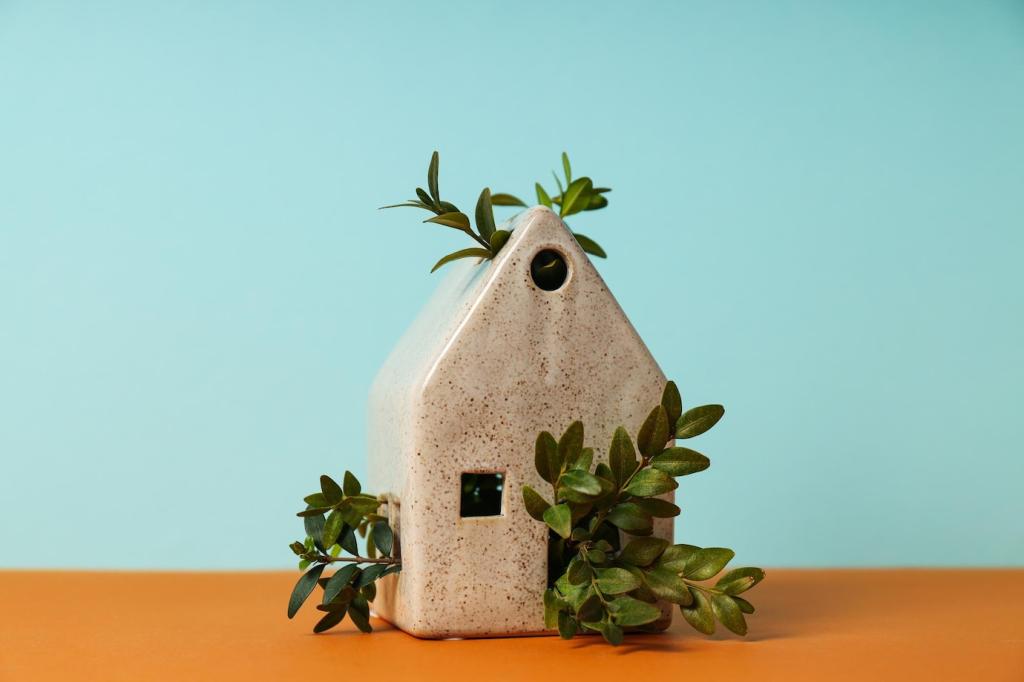Stories From the Field
After dense-packing cellulose in their drafty 1950s attic, one family reported steadier temperatures and quieter nights. The surprise win was less dust drifting in, thanks to better air sealing. Have a story like this? Add it below so others can learn from your experience.
Stories From the Field
Two friends insulated a cabin with wool batts over a crisp autumn weekend, praising the itch-free handling and cozy silence afterward. Their biggest lesson: pre-cut batts and labeled bays saved hours. Want their full checklist? Subscribe, and we’ll send the step-by-step plan.
Stories From the Field
On a compact urban renovation, an architect added exterior wood fiber for thermal continuity and acoustic relief from street noise. The rainscreen kept everything dry, and the space felt calmer immediately. Curious about fastening patterns? Ask below—we’ll share the details we used.
Stories From the Field
Lorem ipsum dolor sit amet, consectetur adipiscing elit. Ut elit tellus, luctus nec ullamcorper mattis, pulvinar dapibus leo.







